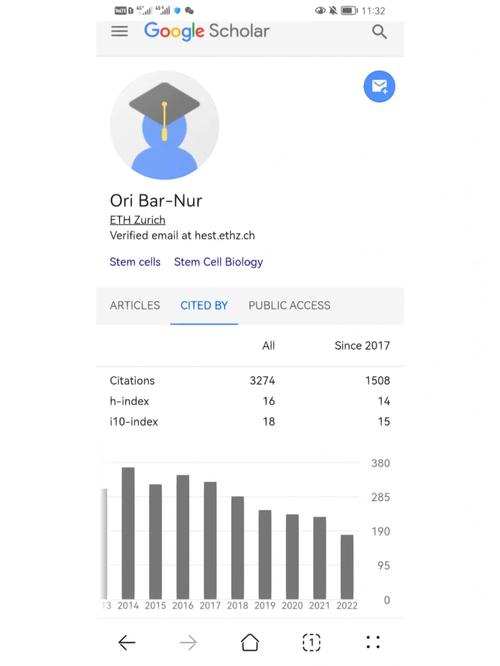
Differentiable Point Rendering at ETH Zurich: A Detailed Overview
Have you ever wondered about the cutting-edge techniques in computer graphics that are reshaping the way we perceive and interact with digital environments? At ETH Zurich, a renowned Swiss university, researchers are pushing the boundaries of what’s possible with a technology called differentiable point rendering. This article will delve into the intricacies of this technology, its applications, and the impact it’s having on the field of computer graphics.
Understanding Differentiable Point Rendering
Differentiable point rendering is a technique that allows for the rendering of 3D point clouds in a way that is differentiable with respect to the input data. This means that the rendering process can be optimized using gradient-based methods, leading to more efficient and accurate rendering. In simpler terms, it’s like having a control panel that lets you tweak the rendering parameters and see the results in real-time.

Point clouds are collections of data points that represent the geometry of a 3D object. They are commonly used in fields such as robotics, medical imaging, and autonomous vehicles. However, rendering point clouds in a visually appealing and computationally efficient manner has always been a challenge. Differentiable point rendering addresses this challenge by providing a framework that can be easily integrated into existing rendering pipelines.
How Does It Work?
The core of differentiable point rendering lies in the concept of differentiable rendering. This involves creating a mathematical model of the rendering process that can be used to compute gradients. Gradients are essential for optimization, as they provide information about how the output changes with respect to the input parameters.
At ETH Zurich, researchers have developed a differentiable rendering pipeline that includes several key components. These components are:
| Component | Description |
|---|---|
| Point Cloud Representation | Converts the point cloud data into a format suitable for rendering. |
| Shading Model | Calculates the color and intensity of each point based on its position and properties. |
| Rendering Engine | Converts the shaded point cloud into a 2D image. |
| Optimization Algorithm | Adjusts the rendering parameters to optimize the output. |
By making each of these components differentiable, the researchers have created a system that can be easily optimized. This allows for real-time adjustments to the rendering parameters, leading to more efficient and visually appealing results.

Applications of Differentiable Point Rendering
The applications of differentiable point rendering are vast and varied. Here are a few examples:
-
Robotics: Differentiable point rendering can be used to create realistic 3D models of objects for robotic perception and navigation.
-
Medical Imaging: The technology can be used to visualize medical data in a more intuitive and interactive way.
-
Autonomous Vehicles: Differentiable point rendering can help autonomous vehicles better understand their environment by providing detailed 3D representations of objects.
-
Virtual Reality: The technology can be used to create more realistic and immersive virtual environments.
The Impact of Differentiable Point Rendering
The development of differentiable point rendering at ETH Zurich has had a significant impact on the field of computer graphics. By providing a new framework for rendering point clouds, the technology has opened up new possibilities for researchers and developers. Here are a few key impacts:
-
Increased Efficiency: Differentiable point rendering allows for real-time adjustments to the rendering parameters, leading to more efficient rendering processes.
-
Improved Accuracy: The optimization capabilities of differentiable point rendering lead to more accurate and visually appealing results.
-
New Applications: The technology has enabled new applications in fields such as robotics, medical imaging, and virtual reality.
In conclusion, differentiable point rendering at ETH Zurich is a groundbreaking technology that has the potential to revolutionize the way we interact with digital environments. By providing a new framework for rendering point clouds



